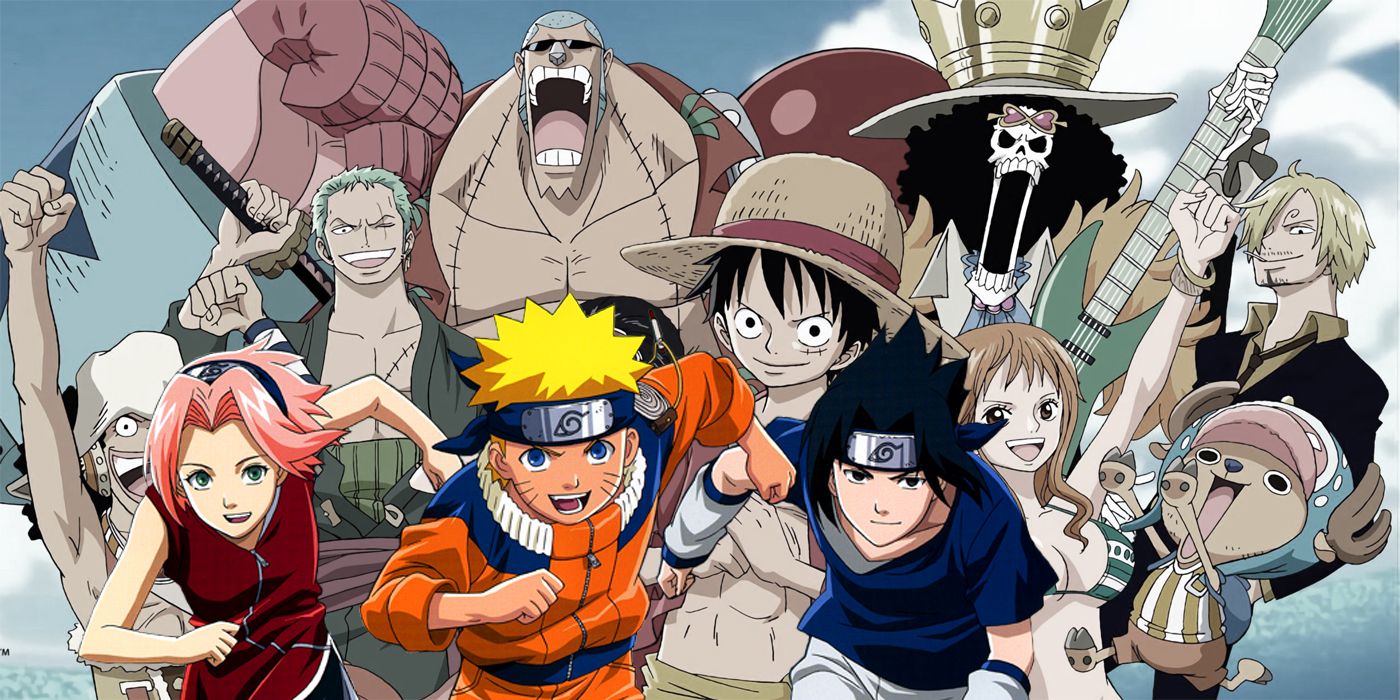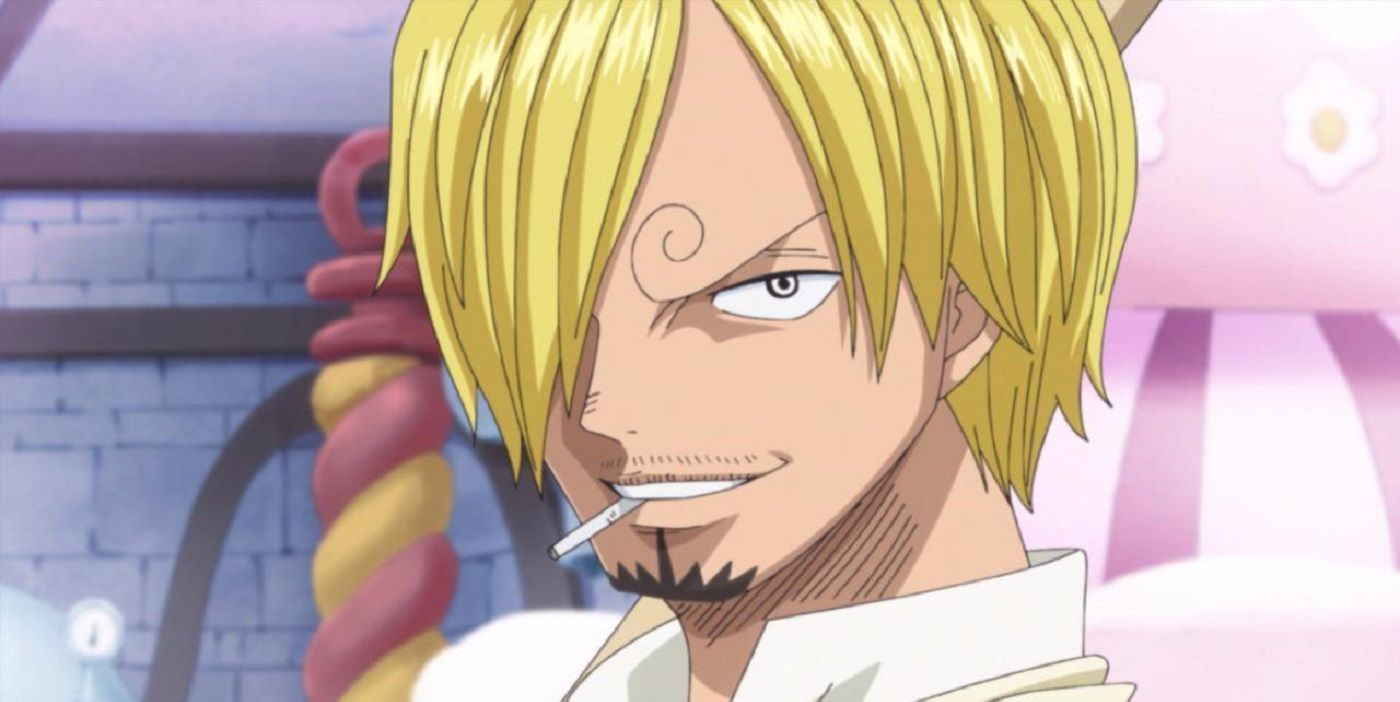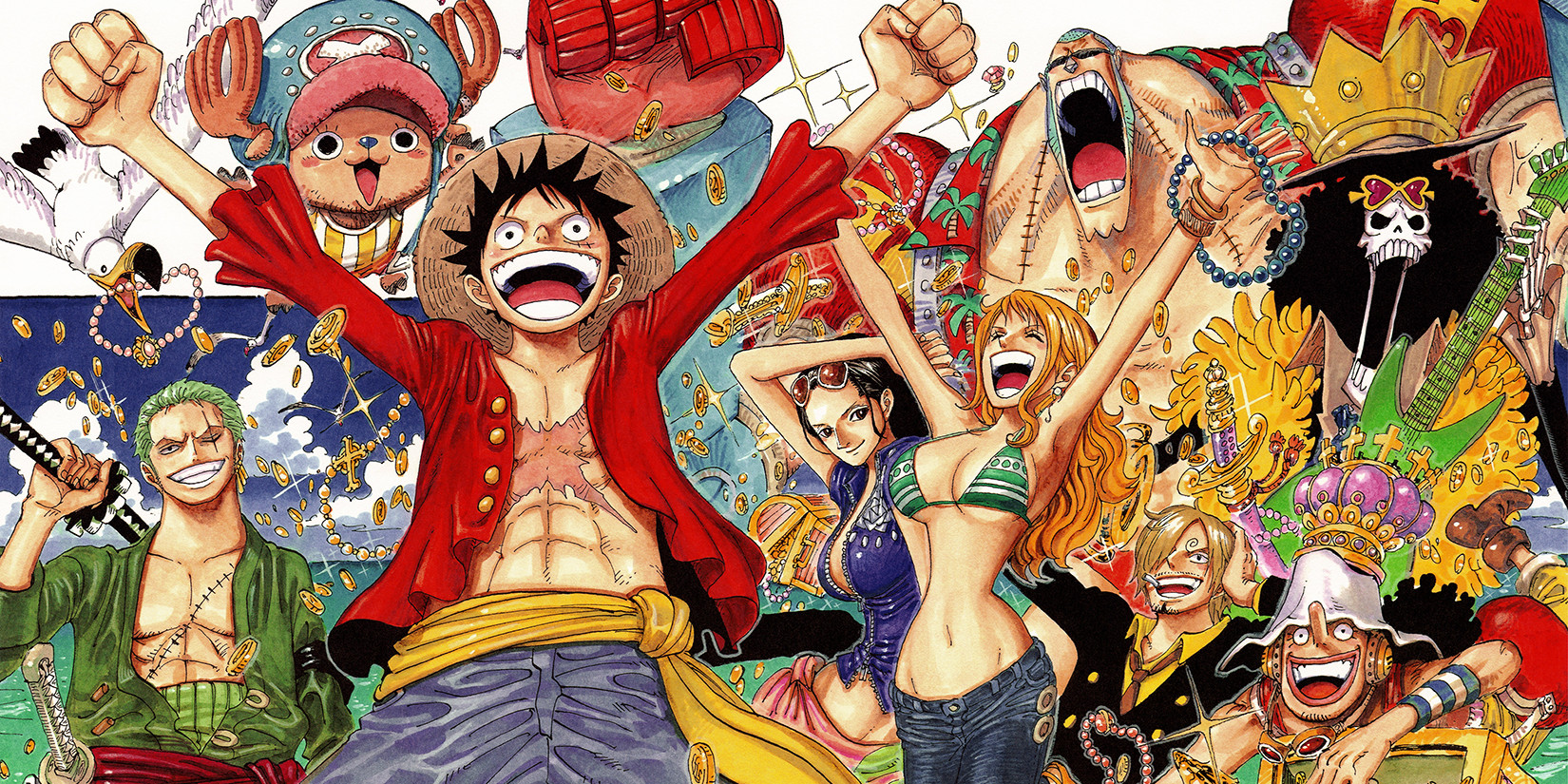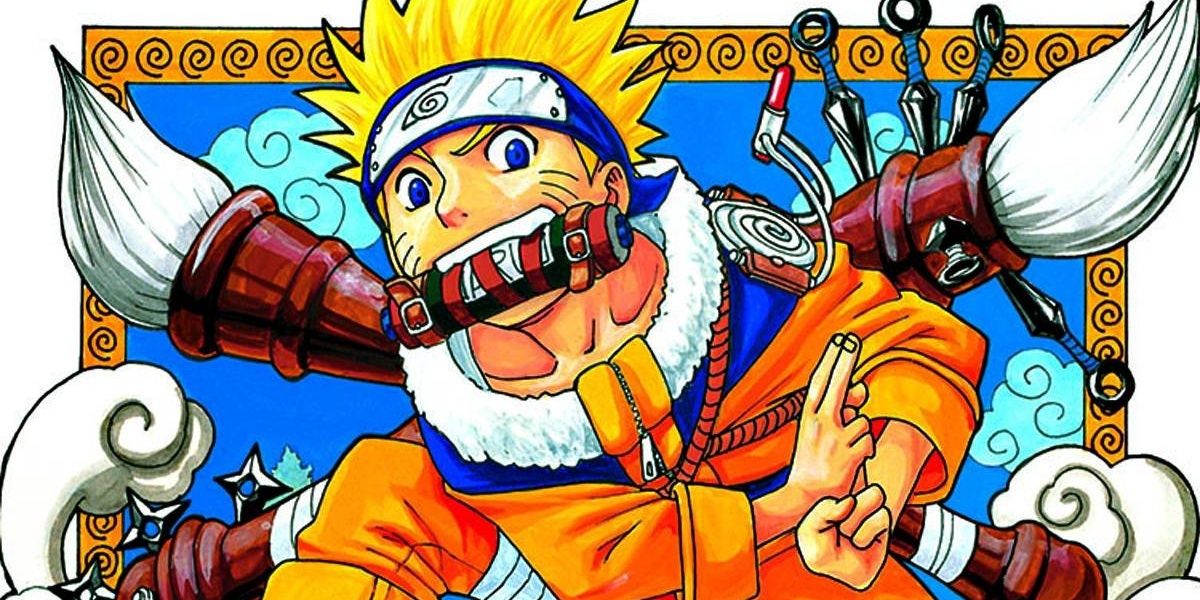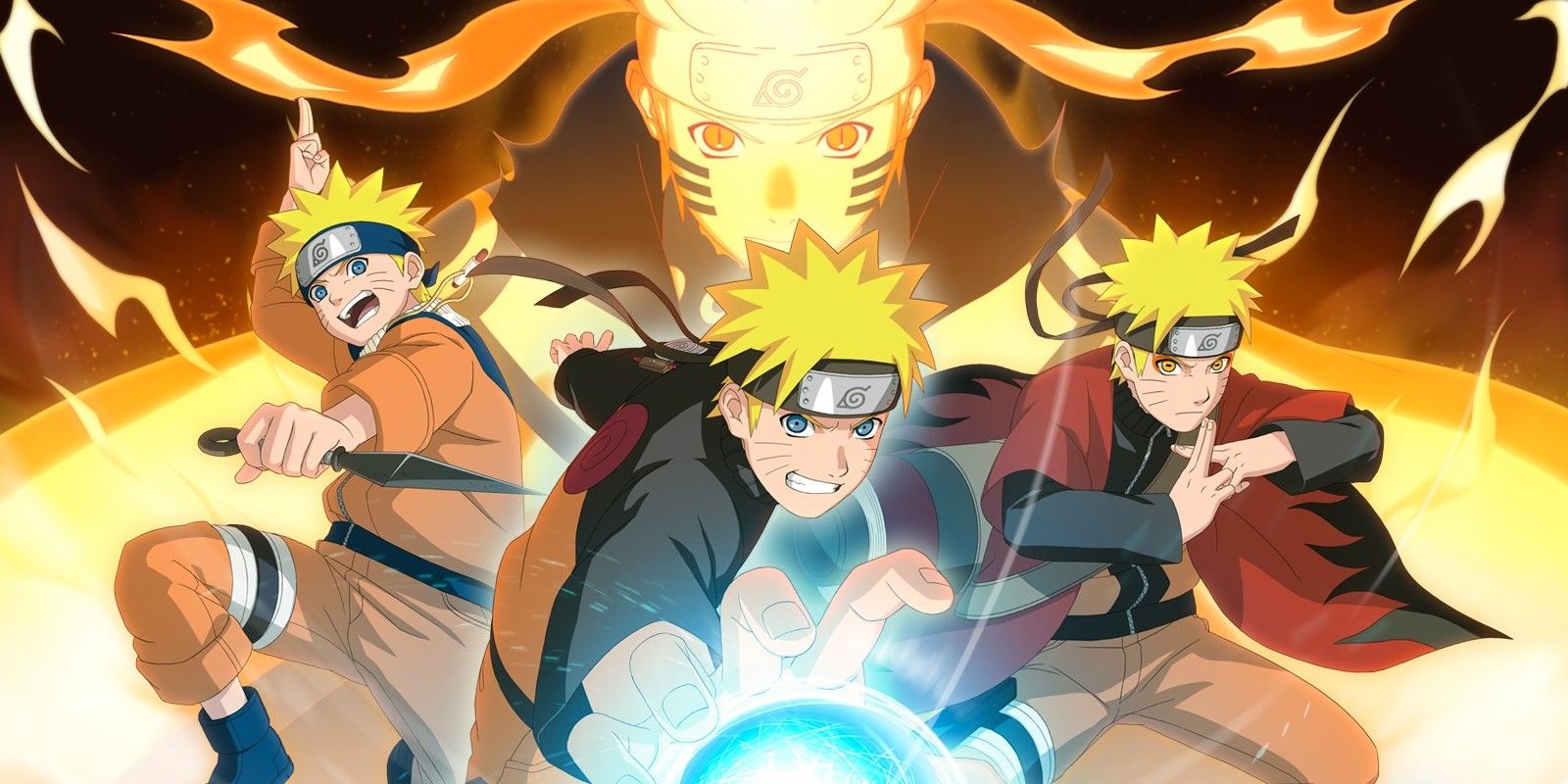Two of the biggest titles to have ever been published in Weekly Shonen Jump are One Piece and Naruto. Few other titles have remained popular over a decade, let alone maintained momentum for so long. The two series are primarily the visions of two creators: Eiichiro Oda and Masashi Kishimoto, respectfully. While the fandoms had competed for the Shonen Jump's top spot, the creators shared a friendly rivalry that has continued even after Naruto's conclusion.
However, like most great rivalries -- including the ones that wound up in the pages of both shonen manga -- the rivalry helped push Oda and Kishimoto to create iconic, unique franchises that could stand the test of time. The rivalry, it turns out, shaped the series in ways you probably didn't expect.
The Sanji Debacle
Naruto first appeared in Weekly Shonen Jump in 1999, two years after One Piece started. Kishimoto had grown up with Weekly Shonen Jump and felt incredibly satisfied with the fact his comic graced its pages. However, even though Naruto became immediately popular, Kishimoto had a rival for the top spot: Oda.
By the time Kishimoto started writing Naruto, Eiichiro Oda had been a Weekly Shonen Jump veteran for a while, having worked as an assistant on another incredibly popular manga: Rurouni Kenshin. By the time Oda started One Piece, he had a decent amount of experience with the pressure and constant work it took to produce a major shonen manga. However, both of them were heavily inspired by the old-guard of Shonen Jump -- most specifically, Akira Toriyama's Dragon Ball.
Oda had plans to introduce a new character to his series around the time Naruto was about to be published: Sanji. However, Sanji was not going to be named Sanji originally. Rather, Oda wanted to name him Naruto. Oda realized that, if he created a character named Naruto the same time a manga called Naruto came out, audiences might be confused, so in order to avoid creating a conflict with Kishimoto's new manga, he changed the name. Had Oda not changed Sanji, however, Kishimoto would have renamed his titular character. Naruto's name is a reference to ramen, so Kishimoto would have found another ramen-centric name. One of the names Kishimoto considered ended up being used as an antagonist for the ninth Naruto film.
This was the start of a supportive rivalry that pushed both creators onward throughout the rest of their careers.
Drawing Inspiration
It is incredibly difficult to write a manga for Weekly Shonen Jump. Chapters must be prepared every week for publication. It is grueling work, both physically and mentally. For many manga, especially long-lasting ones, it's easy to fall into traps and issues when struggling to come up with material. It's a popular theory that Tite Kubo created characters for Bleach whenever he got writer's block.
Oda and Kishimoto often helped one another out creatively, however, spurring one another to continue to create new material in exciting and clever ways. They regularly talked online and traded ideas. Many of the two's ideas ended up spurring on one another's creative ideas. Oda cited Naruto's Camouflage Technique as the inspiration behind his character Absalom's Clear-Clear Fruit. While Luffy's Giant Pistol Attack is logically in-line with Luffy's normal repertoire of attacks, Oda said one of the sources of inspiration for how he drew the attack was Choji from Naruto's Akimichi Clan body expansion techniques. Oda frequently told Kishimoto that he was "copying" from his manga.
Escaping the Straw Hat Shadow
On the other hand, while Oda drew from Naruto as a source of inspiration, Kishimoto went out of his way to avoid copying One Piece. Whenever Oda did something for One Piece, Kishimoto went out of his way to figure out a creative path to avoid doing the same thing with Naruto. This forced Kishimoto to think creatively for his own work, making him re-examine his creative process and the direction Naruto's plot would take to avoid being predictable to his and Oda's shared audience.
One simple but massive impact of this decision was that of setting. The Straw Hat Crew are always on an adventure, which means every few chapters, they relocate to some new, imaginative area. To set his work apart, Kishimoto deliberately kept his work centered in a singular location. While Naruto and friends go out to the world, they always return back to Konoha Village. While this didn't stop Kishimoto from introducing new locations, it kept the story grounded in familiar territory. In addition, while Luffy gathers his crew over the course of many chapters, Kishimoto from the beginning established the majority of Naruto's supporting crew at once.
When asked about his rivalry with Oda in a New York Comic-Con panel before the end of Naruto, Kishimoto said, "I was just saying that on my own in the beginning, and finally in the back of volume 72 [of One Piece], Oda-sensei acknowledged the fact that he considers me his rival as well, and that felt so gratifying. Of course One Piece and Naruto ran together for so long, and even in Japan they ran in Shonen Jump together. Sometimes we would meet up and say, 'I wonder how long our mangas are going to go on?'"
How Did This Help Both Titles?
These differing storytelling techniques and styles helped further distinguish the two titles. Because both ran at the same time, they ran the risk of being too similar to one another. Kishimoto's decision to avoid repeating One Piece's narrative techniques allowed Naruto to escape One Piece's shadow, which proved to be a brilliant decision, as One Piece became one of the biggest titles in Weekly Shonen Jump. If Naruto didn't make itself distinct, it might not have survived as long as it did.
On top of that, Naruto helped inspire Oda, which kept fueling his creative fire while crafting his shonen epic. Rivalries often have a way of pushing greats to become even greater. While it's clear that Oda's rivalry with Kishimoto benefited Naruto, it's undeniable that the same rivalry helped Oda push onward with his epic. One Piece is only now nearing its final arc, but it's clear that Oda is in debt to his friend and decade-spanning rival for pushing him to make the show the epic that it is.

